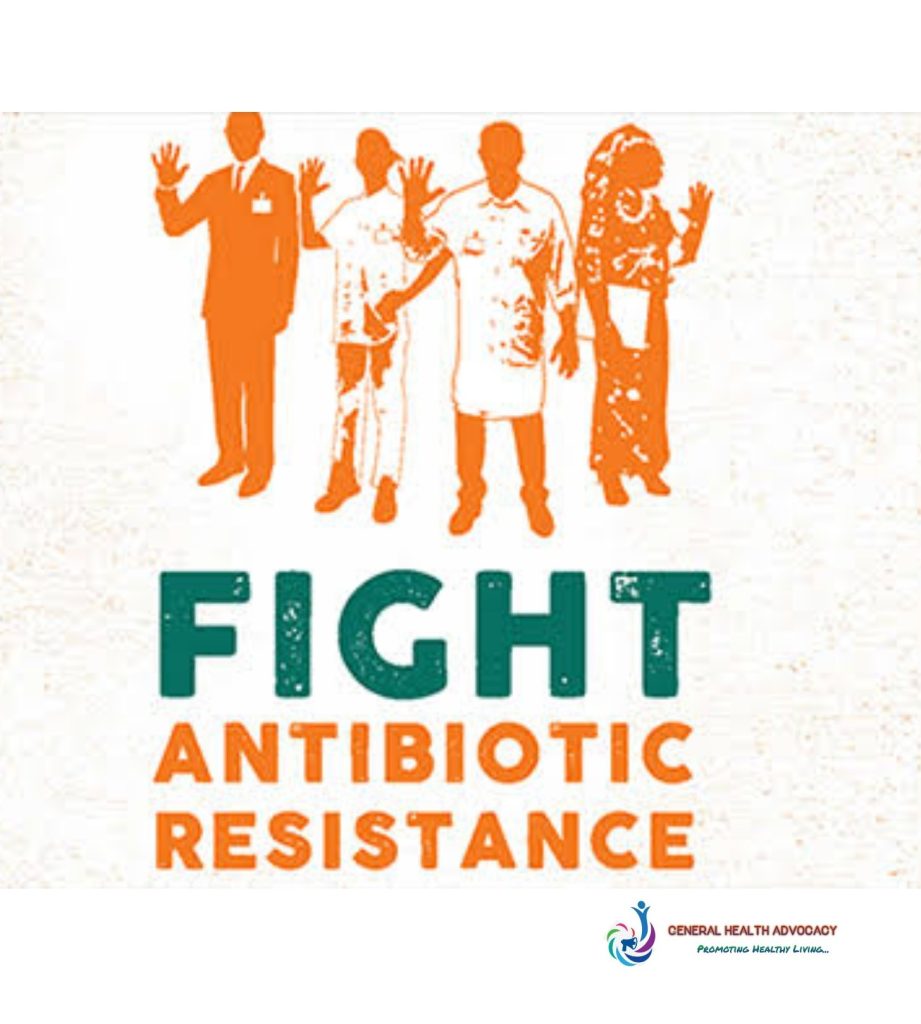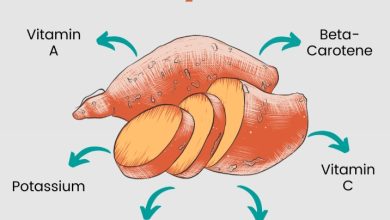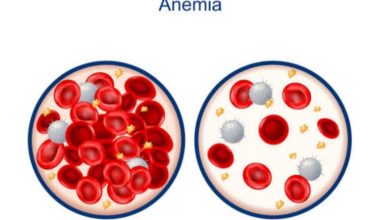Antimicrobal Resistance: What you need to know about AMR

Antimicrobial resistance (AMR) threatens the effective prevention and treatment of an ever-increasing range of infections caused by bacteria, parasites, viruses and fungi.
AMR occurs when bacteria, viruses, fungi and parasites change over time and no longer respond to medicines making infections harder to treat and increasing the risk of disease spread, severe illness and death. As a result, the medicines become ineffective and infections persist in the body, increasing the risk of spread to others.
Antimicrobials are drugs including antibiotics, antivirals, antifungals and antiparasitics. Which are medicines used to prevent and treat infections in humans, animals and plants. Microorganisms that develop antimicrobial resistance are sometimes referred to as “superbugs”.
When microorganisms become resistant to antimicrobials, standard treatments are often ineffective, and in some cases, no drugs provide effective therapy. Consequently, treatments fail. This increases illness and mortality in humans, animals and plants.
For agriculture, this causes production losses, damages livelihoods and jeopardizes food security. Moreover, AMR can spread among different hosts and the environment, and antimicrobial resistant microorganisms can contaminate the food chain.
A study published in The Lancet in 2022 estimated that in 2019, 4.95 million global deaths were already associated with bacterial AMR. AMR can affect anyone, at any stage of life and it is evolving at a rate that outpaces the development of new antimicrobial agents. With increased global connectivity through trade and travel, AMR has the potential to spread and pose a threat to all countries.
Antimicrobial resistance (AMR) has been found in all regions of the world. The World Health Organization (WHO) has declared AMR to be one of the top 10 global public health threats facing humanity. Controlling or combating AMR requires a collective effort from society, including the general public, healthcare professionals (HCPs) and authorities.
AMR occurs naturally over time, usually through genetic changes. Antimicrobial resistant organisms are found in people, animals, food, plants and the environment (in water, soil and air). They can spread from person to person or between people and animals, including from food of animal origin.
Read Also
The main drivers of antimicrobial resistance include the following:
- Misuse and overuse of antimicrobials;
- Lack of access to clean water, sanitation and hygiene (WASH) for both humans and animals;
- Poor infection and disease prevention.
- Poor control of infection in health-care facilities.
- Poor and inadequate prevention and control of infection among farm animals;
- Poor access to quality, affordable medicines, vaccines and diagnostics;
- Lack of awareness and knowledge about antimicrobal uses;
- Lack of enforcement of legislation.

Prevention techniques to combat and control Antimicrobial resistance (AMR)
- Judicious prescribing of antimicrobials plays a key role in minimising the risk of misuse.
- Ensure that adequate information about disease, is right when prescribing, dispensing or administering antimicrobials to patients.
- The following factors should be considered when prescribing antimicrobals: Time, Dose, Duration and Antimicrobial Agent.
- Healthcare professionals (HCPs) should prioritise educating their patients on the importance of appropriate antimicrobial use, to receive recommended vaccines, and maintain good hygiene habits to prevent the spread of infections.
- Appropriate infection prevention and control measures will further reduce the risk of the spread of antimicrobial-resistant organisms.
- Updated knowledge, monitoring and evaluation activities will help to keep abreast of resistance patterns, in the community and also to improve antimicrobial use in clinical practice.
- Supporting institutional and national AMR surveillance programmes, and promptly reporting any AMR outbreaks to the appropriate authority is essential for the formulation of interventions and policies to prevent the spread and emergence of AMR.
Global Health Organizations, should share the responsibilities for coordinating global activities and tackling AMR through a “One Health” approach, which takes into account animals, humans and ecosystems at the same time.




This website really help me to gain a lot
This website really help me to gain a lot and also it is one of my best website
Me too..
I recommend for some of my colleagues at school as well.. 👌